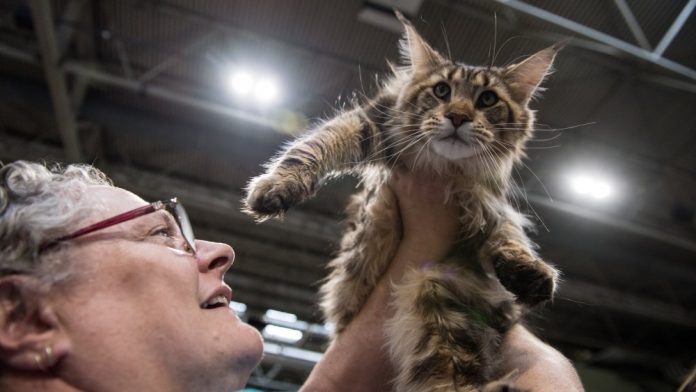Animal care facilities such as Sunset Blvd. Animal Clinic in Houston always keep their attention focused on new developments and better treatment for cats, dogs, and every pet in between. Animal advocates always prioritize newer and improved methods to decrease the amount of animal suffering. However, when it comes to the onset of disease and other genetically passed problems, sometimes even the best caregivers are rendered helpless when it comes to the suffering of their pets.
The good news for animal owners is that new research is working hard to help improve treatment and understanding for this type of suffering. A report from Texas A&M University showcases a new study in genome research for furry felines. The goal is to help better understand the genetic mutations in cats which lead to inherited illnesses and diseases. And as more data is collected, researchers are noting the potential it could have for human genetic research and disease prevention as well.
Understanding the cat genome
A cat’s genetic makeup is precisely what contributes to its overall growth and development. This includes size, color, and other physical traits. But it also includes susceptibility to diseases, genetically inherited conditions, and other problems. Genetic researchers are working to sequence the genome of cats to better understand how specific mutations negatively impact a cat’s quality of life. They’re confident that this type of research will improve the overall quality of life for cats.
The research project, entitled the “99 Lives Cat Whole Genome Sequencing Initiative,” aims to achieve the literal goal of sequencing genes from 99 varieties of felines. The goal of the study is to help understand which mutations – genetic variations on particular chromosomes within the genes – lead to which diseases and other characteristics within cats. As more data is accrued, this could help scientists (and ultimately breeders) better understand which mutations lead to which disorders or traits within the animal. The positive benefits of this type of information carries a significant amount of weight within the scientific community.
The best part of this research is that the positive benefits go far beyond the research community – it will benefit cat owners as well. The genome sequencing will inevitably help researchers better understand disease and disorder prevention and detection within cats. And understanding how the cat genome works will also directly contribute to better quality of life for felines all across the world.
According to study leader William Murphy, Texas A&M Professor in the Department of Veterinary Integrative Bio-sciences, the latest research study marks a significant breakthrough in terms of genome understanding. In Murphy’s words, “Until very recently, most of the cat genome has remained in-deciphered. Just recently, the complete genome of a single cat was determined.”
Animal care and treatment centers across the country have also expressed their support for all the good this type of research could yield. As a representative from Sunset Blvd. Animal Clinic noted, this research is music to the years of animal care professionals. “Our clinic is on the cutting edge of all of the latest data and research from all of the universities around the world,” the representative stated. “We are always thrilled about data and research like this, which can serve our patients and clients at the absolute highest level.”
Bringing the data to human genome
As researchers continue to gather data and better understand how mutations affect and inevitably cause certain conditions, better preventative measures could potentially be developed. Another exciting part of this news, according to researchers, is how it can eventually apply to human beings.
As Professor William Murphy continued, many mutations which cause diseases are the same between cat and human genomes. “Often mutations in the same genes in both humans and cats cause the same disease,” he said, “so if we can find a gene in a cat that causes a certain disease, we may be able to find the same in humans.”
One prime example of how cat research could lead to human results comes in the ever-increasing disease of diabetes. As Murphy noted, “Cats are a good model for diabetes because they are sedentary and have similar risk factors that humans have.”
If cat research helped determine specific genetic characteristics which could lead to the onset of diabetes, several positive results would likely emerge. Scientists could help better identify these characteristics, and work to prevent and better treat the disease. Some scientists are optimistic enough to assert that this type of research may help contribute to a cure to the disease several years down the road.
Better lives for cats and humans
The “99 Lives Cat Whole Genome Sequencing Initiative” from Texas A&M aims to help improve the quality of life for both cats and humans alike. This type of research will inevitably mean fewer diseases and suffering for cats – and perhaps for humans, too. As far as the staff at the Sunset Blvd. Animal Clinic is concerned, this type of research is money well spent for both our favorite pets and ourselves, too.





























